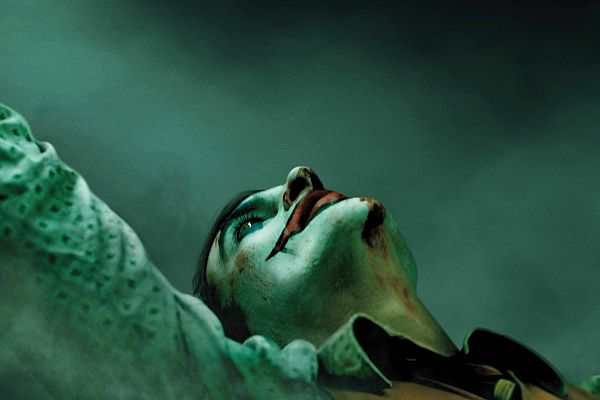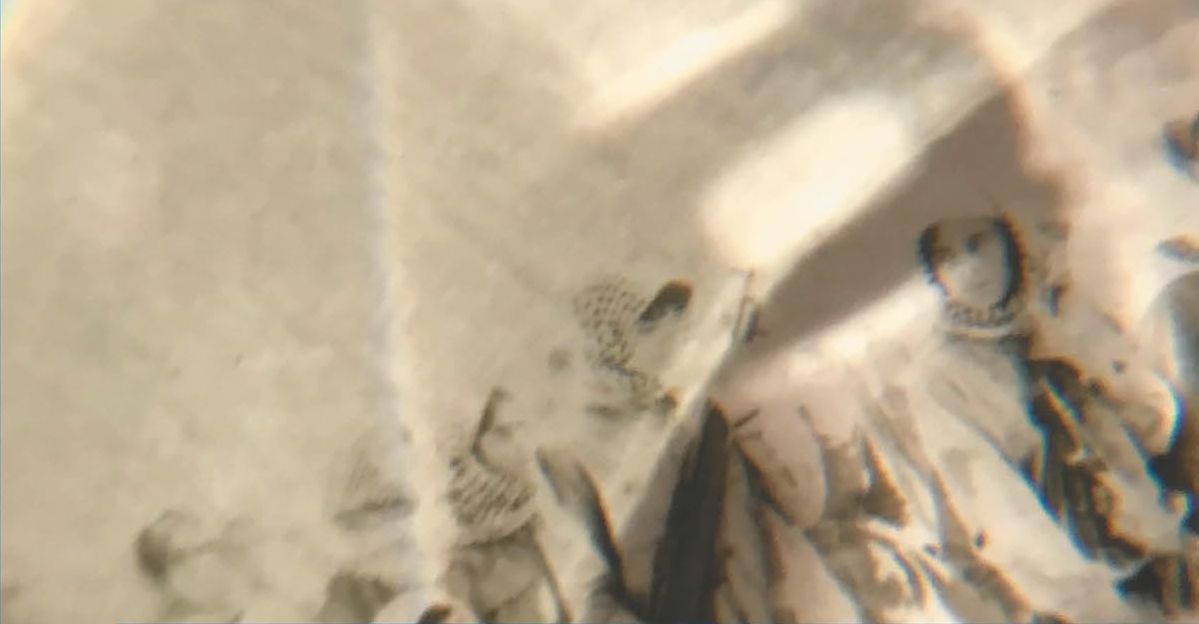DC Comics’ Joker – the Clown Prince of Crime – didn’t have an origin story for his first decade. In his earliest appearance in Batman #1 (1939), he was a white-faced clown, already merrily poisoning his victims, leaving their faces twisted into death-grins. Now, however, the character has his own origin movie: Joker, directed by The Hangover’s Todd Phillips. You can’t get away from it right now. Ever since it won the Golden Lion for Best Film at the Venice Film Festival, hot takes on the film are everywhere, declaring it in turn a masterpiece, a disappointment, an indictment of Trump’s America or an instruction manual for mass shooters.
It is in the Killing Joke comic by Alan Moore and Brian Bolland (1988) that the Joker’s backstory was famously fleshed out: a failing stand-up comedian agrees to help criminals rob a factory; however, after finding out his family have been killed, he falls into a vat of chemicals while fleeing Batman, staining his skin and colouring his hair. This ‘one bad day’ drives him insane and the Joker is born. That’s one version, anyway. The Joker isn’t a reliable narrator, and at one point he shrieks, ‘If I’m going to have a past, I prefer it to be multiple choice!’ Christopher Nolan’s The Dark Knight (2008) nods to this with the Joker’s shifting stories about how he got his facial scars.
This version of the Joker story is centred around Arthur Fleck, a downtrodden man in Gotham City who suffers from a disorder that makes him laugh at inappropriate times. (He has a laminated card to explain this to strangers.) He lives with his mother, takes seven kinds of medication, and works as a low-wage clown. Soon Gotham’s indignities provoke him to violent action, and he accidentally inspires protests against the city’s elites – especially against the man running for mayor, Thomas Wayne. Yes, that’s Bruce’s father, and that’s the problem with origin stories: you know exactly where they’ll end, so it’s hard to invent too many surprises along the way. Joker is a roller coaster that only goes down.
As Fleck, Joaquin Phoenix turns his acting up to maximum mannerisms, and the film around him does the same. Everything is slathered inches-thick: the grime of the rat-infested city, the stabs at philosophical dialogue, the needle-drops on the soundtrack. No one’s ever accused clowns of subtlety, and if you can’t bang it out for the cheap seats when playing the Joker, well, when can you? Jack Nicholson’s turn as a disfigured gangster strutting around to Prince in Tim Burton’s Batman (1989) wasn’t a model of restraint, either, while Heath Ledger’s dishevelled terrorist in The Dark Knight was a tour-de-force of fidgeting, scar-licking, theatrical evil.
(Admittedly, Jared Leto’s turn as a Joker with the word ‘damaged’ tattooed on his face in the much-derided Suicide Squad (2016) proves there are still some limits.)
The Joker has lived many lives. He began as a murderous clown, yes, but by the 1940s he’d become a mostly harmless prankster. Flash-forward forty years and he’s beating Robin to death with a crowbar in Jim Starlin and Jim Aparo’s ‘A Death In The Family’ (1988). A more recent comic suggests that the Joker is actually ageless, deathless, and has been haunting Gotham for centuries – long before Batman began his war on crime. Most intriguingly of all, ‘The Clown At Midnight’ (2007) by Grant Morrison and John Van Fleet claims that all these Jokers are the one man who periodically evolves from one incarnation to the next. The narrator calls it a ‘remarkable coping mechanism’ that allows the Joker to ‘transform a personal nightmare of disfigurement into baleful comedy and criminal infamy all those years ago – happily chuckling to himself in the garage as he constructed outlandish Joker-Mobiles which gently mocked the young Batman’s pretentions in the Satire Year before Camp, and New Homicidal, and all the other Jokers he’s been…’
This would frame Arthur Fleck as the literal latest incarnation of the character. Phillips’ Joker creates a grim, realist world for him to play in – or rather, ‘realist’ compared to the gothic excesses of many other Gothams – and in doing so rejects many of the character’s trappings as being far too ridiculous. Gone are the joker venom, the deadly joy buzzers, the elaborate schemes. As Geoff Klock writes in How To Read Superhero Comics And Why, comic books are now ‘expected to tell stories for adults using the building blocks of children’s literature.’ The same goes for the movies they inspire.
But this ‘adult’ approach attempts to turn the character’s usual all-caps CRAZY into a more believable depiction of mental illness. While the movie wilfully eschews politics, choosing wild provocation instead, it’s worth mentioning that people suffering from mental illness are much more likely to be victims of violence than perpetrators. In the graphic novel Arkham Asylum by Grant Morrison and Dave McKean (1989), a psychiatrist explains that the Joker actually possesses a kind of ‘super-sanity’: it’s ‘a brilliant new modification of human perception. More suited to urban life at the end of the twentieth century.’
Let’s say she’s right. What does this new Joker tell us about the twenty-first century? He says we’re lost, and we’re angry, and we’re entitled to more. But most of all, this Joker is just another man who feels like he doesn’t exist until he picks up a gun.






